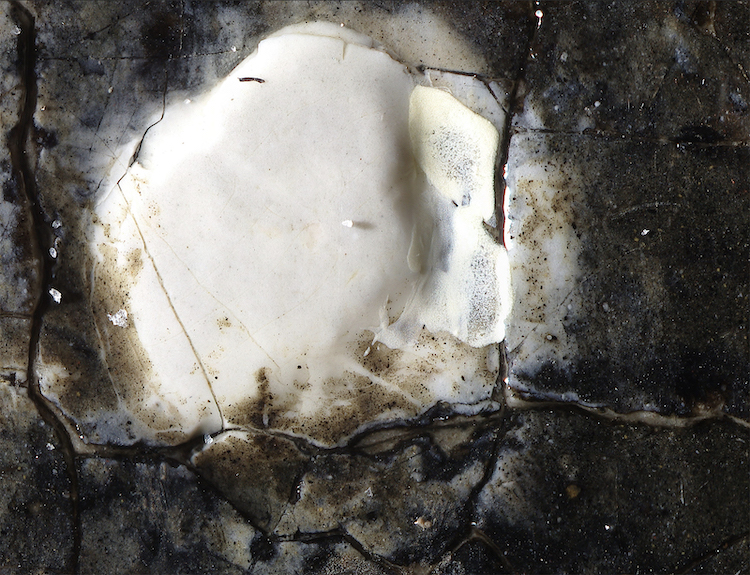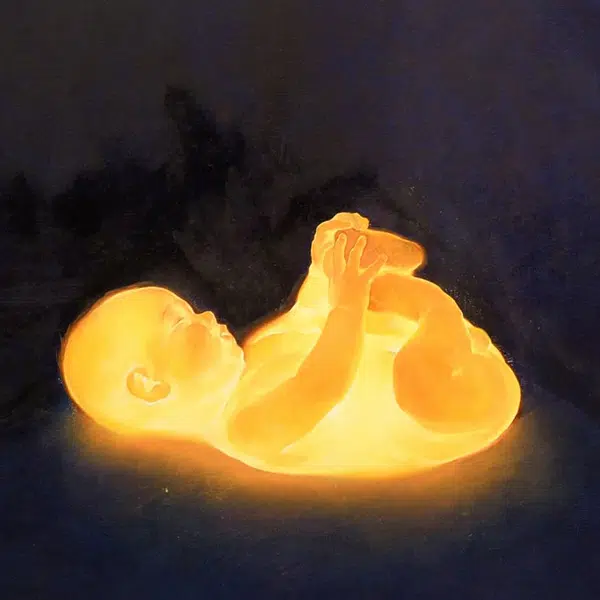
Johannes Vermeer’s Girl with a Pearl Earring has fascinated art lovers for centuries. Those who have been lucky enough to admire the masterpiece where it resides at the Mauritshuis museum in The Hague will know just how incredible it really is. However, now anyone can admire the painting’s details up close, thanks to Emilien Leonhardt and Vincent Sabatier from Hirox 3D Digital Microscopy. They scanned Girl with a Pearl Earring using specialized equipment that captured it in ultra-high definition. You can now see every crack and blob of paint down to the level of 4.4-microns per pixel.
The full scan of the painting was made with the Hirox 3D Digital Microscope RH-2000 at the Mauritshuis. Overnight, 9,100 photos were captured and stitched together to create one huge, 10-billion-pixel panorama image. Leonhardt and Sabatier also targeted 10 key areas of the painting in even higher resolution (1 pixel equaled 1.1 microns) to create 3D maps. The resulting images show the topography of the artwork, revealing the raised areas where Vermeer applied the most paint.
The scan is so detailed, that it also allows historians to identify the pigments Vermeer used. “It’s surprising how much high-quality ultramarine Vermeer used in the girl’s headscarf,” Mauritshuis conservator and project leader Abbie Vandivere says. “This blue pigment was more valuable than gold in the 17th century.”
You can see the entire Girl with a Pearl Earring painting panorama and the detailed 3D images here.
Hirox 3D Digital Microscopy scanned Vermeer's Girl with a Pearl Earring using specialized equipment that captured it in ultra-high definition.

This is the 10-billion-pixel panorama image they captured.

When you zoom in, you can see every crack and blob of paint down to the level of 4.4-microns per pixel.


Hirox 3D Digital Microscopy: Website | YouTube
h/t: [PetaPixel]
All images via Hirox 3D Digital Microscopy.
Related Articles:
Girl with a Pearl Earring: Unraveling the Mysterious Masterpiece of the Dutch Golden Age
5 Johannes Vermeer Paintings That Prove Why He’s the “Master of Light”
3,400-Year-Old Ancient Egyptian Painting Palette Still Contains Remnants of Pigments






















































































